The Role of Pediatric Home Care in Supporting Special Needs Families
Transforming Pediatric Care: How Home Health Services Empower Special Needs Families

Understanding Pediatric Home Care and Its Growing Importance
Pediatric home care has emerged as a critical component in supporting families of children with special health care needs. Offering tailored medical services and emotional support within the comfort of home, this approach addresses not only medical complexities but also the unique challenges faced by families. By enabling children to receive care in a familiar and less stressful environment, pediatric home care fosters better health outcomes while empowering caregivers. This article delves into the multifaceted role of pediatric home care in enhancing the quality of life for children with disabilities and medical complexities, examining the frameworks, challenges, and future directions of this evolving field.
The Foundation of Pediatric Home Care: Customized and Family-Centered Plans

How are pediatric home care plans developed to meet individual needs?
In pediatric home care, care plans are carefully tailored to the child's unique medical history and individual needs. This personalized approach ensures that the care provided addresses specific health challenges and supports the child's overall well-being. Crucially, families are actively involved in shaping these care plans, acting as partners who contribute vital insights about the child's lifestyle, preferences, and daily routines.
This collaboration helps to balance medical interventions with the child's participation in everyday activities, including schooling and community engagement. By taking into account the child's environment and social context, care plans promote health while minimizing disruption to the child's normal life.
Customized care in the home setting thus supports a holistic approach where medical, emotional, and social needs intersect. This family-centered model not only improves the effectiveness of care but also empowers families, creating a supportive framework tailored for each child's success at home and beyond.
Advantages of Familiar Environments for Special Needs Children
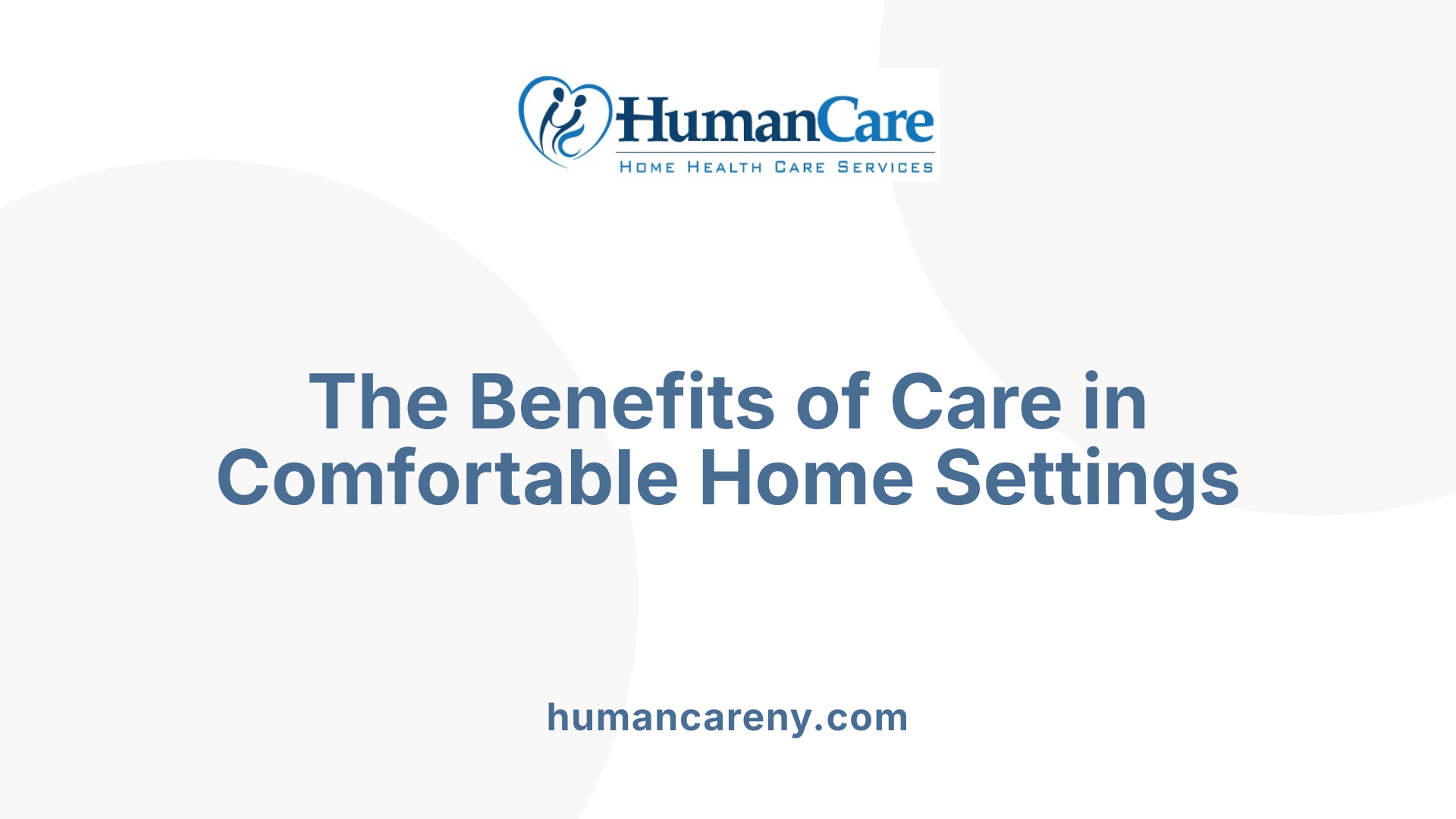
Why is receiving care at home beneficial for children with special needs?
Receiving care in a familiar environment offers significant benefits for children with special needs. Familiar surroundings help reduce stress and anxiety, which are common challenges for many children, especially those with sensory sensitivities. Hospitals and clinical settings can be overwhelming due to unfamiliar sights, sounds, and smells, often increasing a child's discomfort. In contrast, home care provides a calming atmosphere where children feel safe and secure.
How does a familiar environment support emotional well-being and healing?
Emotional well-being is crucial for recovery and overall health. When children receive care at home, they remain in a setting where routines and comfort objects are available, helping to maintain a sense of normalcy. This stability reduces behavioral distress and supports better emotional responses, which positively influence the healing process. Additionally, family engagement in care activities helps the child feel supported and nurtured, which further promotes wellness.
What are the benefits specifically for children with sensory sensitivities?
Children with sensory processing issues often find hospital environments overstimulating or distressing. Home care minimizes exposure to overwhelming stimuli, such as bright lights, loud noises, and unfamiliar people, allowing children to manage sensory input more effectively. This tailored environment improves cooperation with medical routines and enhances the quality of care delivered.
Overall, in-home pediatric care offers a personalized approach that respects the unique needs of each child by leveraging the comfort of their own environment, which is fundamental for their emotional and physical health.
Consistency and Relationship Building Through In-Home Visits
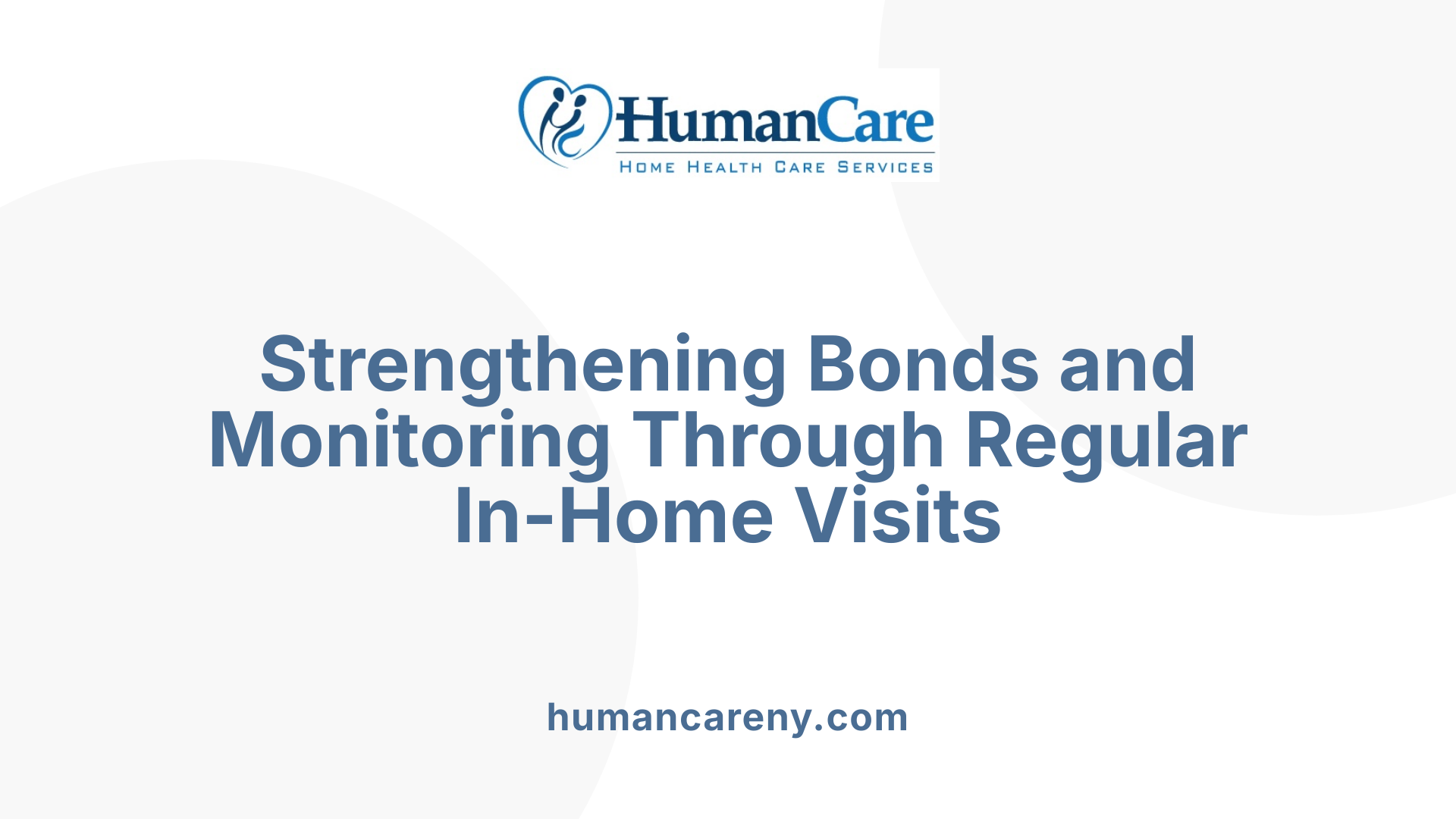
How do consistent in-home healthcare visits benefit special needs children and their families?
Regular visits by healthcare professionals to the home provide continuous health monitoring, which is essential for children with special health care needs. These consistent check-ins allow healthcare providers to observe the child's condition in their natural environment, identify subtle changes early, and promptly adjust care plans to meet evolving medical needs.
This ongoing presence fosters strong, trusting relationships between caregivers and families. When healthcare professionals become familiar faces in the home, families feel more supported and empowered to participate in their child's care. These relationships can improve communication, coordination, and overall satisfaction with the care provided.
Moreover, the stability of consistent in-home visits reduces the stress often associated with hospital visits, benefiting the child's emotional well-being. It creates an atmosphere conducive to healing and supports families in managing complex medical routines more confidently.
Overall, continuous in-home healthcare visits bridge the gap between medical needs and family-centered care, making health management more responsive and personal for children with special health requirements.
Safety and Infection Control: Minimizing Hospital Exposure

How does pediatric home care enhance safety for medically vulnerable children?
Pediatric home care significantly boosts safety for children with medical vulnerabilities by reducing their need to visit hospitals. This reduction is critical because hospitals can be hotspots for healthcare-associated infections (HAIs), which pose serious risks especially to immunocompromised children.
By receiving care within the familiar and controlled home environment, children face far fewer opportunities to encounter infectious agents typically present in healthcare facilities. This safer setting not only lowers the chance of infection but also promotes better overall health outcomes.
In addition to infection control, limiting hospital visits helps ease the stress and anxiety children often experience in clinical environments, which can further contribute to improved emotional well-being and recovery.
Overall, pediatric home health care creates a protective buffer by combining medical supervision with a safer, less stressful environment, safeguarding the health of medically complex children while fostering their healing and development.
Supporting Family Caregivers: Education, Respite, and Empowerment
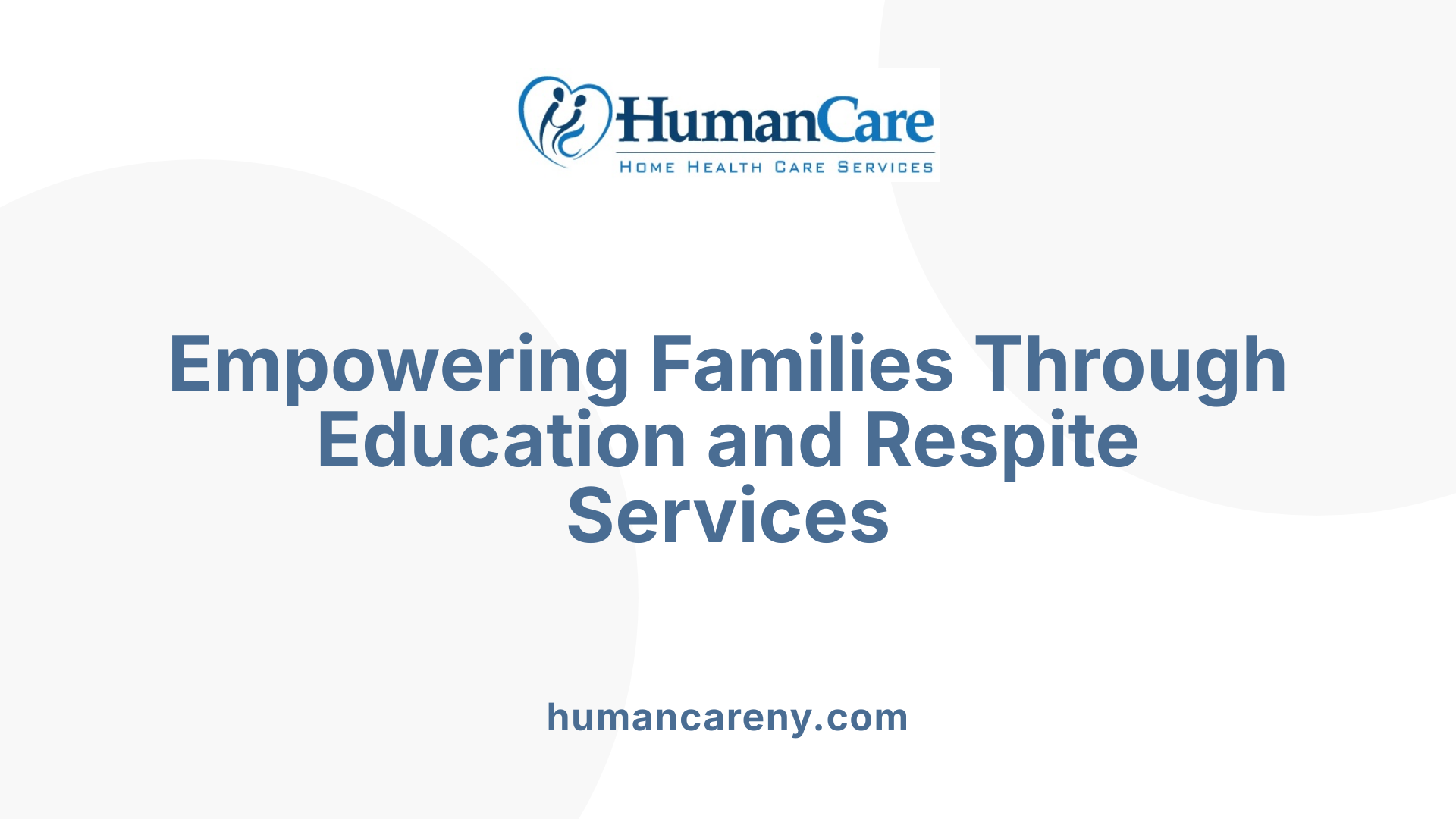
How Does Pediatric Home Care Support Families Beyond Direct Medical Treatment?
Pediatric home health care offers vital support to families that goes well beyond just medical treatment for the child. One important form of assistance is respite services, which provide caregivers with needed breaks to rest and recharge. These brief periods of relief help reduce caregiver burnout and stress, ultimately benefiting the entire family's well-being.
Education on Managing Medical Conditions
Home care professionals also focus on educating family caregivers about the child's complex medical needs. This education includes instruction on the proper use of medical equipment, medication management, and recognizing warning signs that require medical attention. Such targeted teaching empowers families to manage health challenges confidently and effectively.
Building Confidence and Caregiving Skills
Through consistent home visits and collaboration, pediatric home care builds caregivers’ confidence by reinforcing skills and providing emotional support. Families learn to navigate care routines and make informed decisions, enabling them to act as vital partners in the child's care. This empowerment fosters better health outcomes and improves quality of life for children with special health care needs.
Overall, pediatric home care recognizes families as experts in their children's care and supports them through education, respite, and skill-building to strengthen their caregiving role.
Pediatric Home Health Care for Children With Disability and Medical Complexity
Who primarily benefits from pediatric home health care services?
Children with disabilities and medical complexities are the main beneficiaries of pediatric home health care. These children often require ongoing, specialized medical attention that goes beyond routine care. Home health care (HHC) delivers vital services tailored to their unique medical needs, ensuring proper management right within their homes.
Essential services for children with disabilities and complexities
Pediatric HHC provides medically necessary services that support these children's health and participation in everyday activities—including school and community involvement. Children who rely on advanced care and technology can often be discharged from hospitals sooner because home programs offer continuous monitoring and medical interventions.
Provision of specialized equipment and supplies
A critical component of pediatric HHC is the provision of specialized equipment and medical supplies. This range of resources supports complex care needs, such as ventilators, feeding tubes, and mobility aids, facilitating an enhanced quality of life at home.
Community and home-based care models
The care models emphasize delivering services directly in community and home settings, creating a familiar environment that reduces stress. This approach promotes emotional well-being while ensuring that children receive comprehensive healthcare without frequent hospital visits. Additionally, legal frameworks support children's right to receive care in the least restrictive settings, further endorsing these home and community care models.
Medically Necessary Services That Enable Daily and Educational Participation
How does pediatric home care support children's involvement in daily life and education?
Pediatric home health care (HHC) plays a vital role in enabling children with special health care needs to engage fully in their daily lives, school, and community activities. By providing medically necessary services tailored to each child's unique condition, HHC ensures children receive the care they need to participate in essential activities safely and confidently.
Home care professionals deliver customized care plans that address not only the child's health status but also their functional abilities and educational requirements. This integration is critical as children with medical complexity often rely on specialized equipment and skilled support to attend school and take part in community life.
Medicaid's Early and Periodic Screening, Diagnostic, and Treatment (EPSDT) benefit supports access to these comprehensive services, ensuring coverage for children under age 21. Many services go beyond traditional medical interventions to include therapies, equipment, and assistance necessary for children to maintain independence and succeed in educational settings.
Care coordination efforts often bridge healthcare and educational plans, aligning medical needs with individualized education programs (IEPs) or special education plans. This partnership fosters better outcomes by ensuring that healthcare supports enhance learning and participation rather than hinder them.
In summary, pediatric home care supports children's involvement in daily and educational activities by delivering medically necessary services that adapt to their health challenges, reduce barriers, and promote autonomy in their environments.
Trends in Hospital Discharges to Home Health Care for Complex Pediatric Cases
What recent trends show the shifting landscape of pediatric home health care needs?
In recent years, there has been a notable increase in the number of children discharged from hospitals who require sophisticated, technology-dependent home health care. Approximately 1 in 20 pediatric hospital discharges now involve children who need specialized home care services. This shift highlights the growing reliance on home health care programs that provide complex medical care outside traditional hospital settings.
These developments are driven by advances in medical technology, allowing children with medical complexity (CMC) to receive necessary treatments and monitoring in their own homes. Such care often involves the use of high-tech equipment and constant health supervision, which pediatric home health care (HHC) programs are increasingly equipped to deliver.
By transitioning care from hospital to home, families benefit from customized care plans tailored to the child’s unique medical history, all while reducing exposure to hospital-associated infections. Additionally, ongoing in-home visits foster strong relationships between healthcare providers and families, enabling timely adjustments to care and promoting better health outcomes.
This trend aligns with broader policy and legal frameworks advocating for home-based care, such as the Americans with Disabilities Act, supporting children's right to access care in community and home settings. As more children with special health care needs rely on home health care post-hospitalization, the healthcare system continues to evolve, emphasizing family-centered, coordinated, and accessible care models.
Legal Frameworks Upholding Right to Home Care for Special Needs Children
What legal protections exist to support pediatric home care access?
Two major legal frameworks in the United States provide strong protections for children with special health care needs to receive care at home rather than in institutional settings. The Americans with Disabilities Act (ADA) prohibits discrimination based on disability and mandates that individuals, including children, be provided access to necessary services in the most integrated setting appropriate. This means children must have the right to receive medical and support services in their homes and communities.
The Olmstead decision, a landmark Supreme Court ruling, reinforced this principle by affirming that unjustified segregation of people with disabilities in institutional settings is a form of discrimination. It obliges states to provide community-based services, including home health care, when such placement is appropriate, supported by the wishes of the individual, and can be reasonably accommodated.
Together, these legal provisions emphasize children’s right to access home care and participate fully in their communities. They ensure that pediatric home health care programs are not only a medical convenience but a legal entitlement, promoting dignity, inclusion, and better health outcomes through community integration and personalized support.
Impact of High-Quality Home Health Care on Outcomes and Costs
How does access to high-quality pediatric home care affect health outcomes and expenses?
Access to high-quality pediatric home health care (HHC) significantly enhances children's health outcomes by providing personalized, consistent care in familiar environments. This approach reduces stress and anxiety, particularly for children with sensory sensitivities, which supports emotional well-being and healing. Continuous monitoring during in-home visits helps tailor care plans promptly, preventing complications.
Moreover, home care minimizes exposure to healthcare-associated infections by curbing hospital visits, especially protecting immunocompromised children. Such preventive benefits contribute to a marked reduction in hospital stays and readmissions.
From a financial perspective, HHC leads to considerable cost savings for families and healthcare systems alike. By reducing hospital dependence, it lowers healthcare expenses while allowing family caregivers to provide critical support and receive education to manage medical conditions effectively. Policy efforts promoting Medicaid coverage for home care services further alleviate out-of-pocket costs for families with children who have special health care needs.
In summary, high-quality pediatric home health care not only improves clinical outcomes but also lessens financial burdens, making it a vital component of child health services.
Challenges in Pediatric Home Health Care Delivery: Workforce, Financing, and Safety
What are the current challenges facing pediatric home health care services?
Pediatric home health care (HHC) faces several significant challenges that impact the quality and availability of care for children with special health care needs. One major issue is workforce shortages, which limit the number of qualified healthcare professionals available to provide consistent and quality in-home care. This shortfall often results in delayed visits and increased strain on existing staff.
In addition to workforce constraints, inadequate financing mechanisms pose a considerable barrier. Many families struggle with insurance coverage gaps and high out-of-pocket costs since existing funding often falls short of covering comprehensive home care services. Medicaid remains a primary coverage source for many children, but state-by-state variations and limitations in benefits contribute to financial challenges.
Safety concerns also arise due to fragmented service delivery. The complex needs of children with disabilities or medical complexity require coordination among multiple providers. However, fragmentation can create communication breakdowns, increasing the risk of care delays and errors. Families frequently act as the central coordinators, highlighting the need for integrated care systems that ensure safer and more efficient service provision.
Addressing these challenges is crucial to improving outcomes for children in pediatric HHC programs and supporting the families who provide essential caregiving.
The Invisible Workforce: Family Caregivers' Vital Role and Needs
How do family caregivers contribute to pediatric home care, and what challenges do they face?
Family caregivers are fundamental to pediatric home care, serving as specialists in medical care, advocacy, and public health for children with special health care needs. They perform substantial and complex medical tasks daily, often without formal training or pay. This significant unpaid labor not only fills gaps left by the formal healthcare system but also results in substantial cost savings, valued between $17.6 billion and $35.7 billion annually in the U.S. alone.
Despite their vital contributions, family caregivers frequently experience their role as invisible and undervalued. They face numerous challenges including fragmented care coordination, difficulties communicating with multiple healthcare providers, and navigating insurance coverage and access to services. These barriers place heavy emotional and physical strains on caregivers, impacting their overall health and well-being.
Recognizing and supporting family caregivers is crucial. Their skills and leadership need acknowledgment in policymaking, program design, and care delivery to improve pediatric home care outcomes. Enhanced support systems can alleviate caregiver burnout by offering respite care, education, and resources tailored to families' needs. By empowering family caregivers, the healthcare system can better sustain high-quality, family-centered care and improve the health outcomes of children reliant on home health services.
Disparities and Equity Issues in Pediatric Home Health Care Access
What disparities exist in access to pediatric home health care?
Access to pediatric home health care (HHC) is not equitable across all populations. Families who speak languages other than English and those from marginalized social groups frequently face significant barriers to obtaining necessary services. These disparities arise due to language barriers, systemic biases, socioeconomic challenges, and differences in insurance coverage.
Equitable care models and solutions
To address these gaps, there is a growing emphasis on developing equitable care models that ensure all children with special health care needs receive appropriate home care support. These models focus on culturally competent communication, interpreter services, and targeted outreach to underserved communities. Additionally, establishing data-sharing consortia and conducting focused research on disparities helps identify areas for intervention and improve care quality.
Importance of addressing systemic inequalities
Addressing systemic inequalities in pediatric HHC is crucial because inadequate access can severely affect health outcomes, increase hospitalization rates, and strain family caregivers who are often left unsupported. Equity-focused policies and practices promote not only better health but also reduce caregiver burden and foster inclusion, thereby strengthening the broader healthcare system.
Advocacy, Policy Changes, and Medicaid's Role in Supporting Home Care
How have policy and Medicaid influenced pediatric home health care?
Medicaid plays a pivotal role in supporting children with special health care needs, especially those requiring pediatric home health care. Currently, Medicaid provides comprehensive health coverage to over 40% of children in the U.S., including more than 80% of children living in poverty. For children with special health care needs, Medicaid is the primary coverage source, serving over one-quarter of this population. This extensive coverage includes services often not offered by private insurance plans, such as long-term care and home-based care, making it essential for families managing complex medical needs.
Decades of dedicated family advocacy have driven significant policy shifts favoring home over institutional care. These changes have encouraged the normalization of home care for children with special health care needs and fostered family-centered care partnerships. Families have been instrumental in influencing these policies, advocating for access to quality home care that supports both children's health and family well-being.
A cornerstone of Medicaid’s support is the Early and Periodic Screening, Diagnostic, and Treatment (EPSDT) benefit. This provision ensures a comprehensive package of health care services for children under the age of 21, facilitating timely access to medically necessary care while protecting families from high out-of-pocket costs. State-level variations exist in eligibility and coverage, often influenced by income thresholds and specific disability pathways, affecting how many children access these vital services.
Together, these policy efforts and Medicaid provisions work to improve health outcomes, reduce hospital stays, and lower healthcare costs by supporting children in their homes and communities. They recognize and address the complex needs of children with disabilities and medical complexities, enabling families to provide care in familiar environments backed by essential medical support.
Coordination Challenges and the Central Role of Families in Care Management
Why is care coordination a challenge in pediatric home care, and how do families participate?
In pediatric home care, coordination of services can be highly fragmented. Children with special health care needs typically receive care from multiple providers and specialists, which complicates communication and management. Often, families find themselves thrust into the central role of coordinating between healthcare professionals, insurance companies, and community resources. This responsibility includes organizing appointments, sharing critical health information, and advocating for their child's needs.
Families become the primary communicators among various providers because care systems lack streamlined processes. This fragmentation can lead to delays, miscommunication, and gaps in care, complicating the child's health management and placing significant stress on caregivers.
Recognizing families as equal partners in care teams is crucial. When families are included meaningfully in decision-making and communication, care quality improves, and the likelihood of medical errors or delays decreases. Empowering families with training, support, and respect acknowledges their expertise, promotes smoother coordination, and enhances the child's overall well-being.
This central role that families play calls for systemic changes to support them better. Policies and care models need to integrate family caregivers fully, recognizing their leadership and providing resources that ease the burden of coordination. Such efforts can improve outcomes for children while reducing the physical and emotional toll on families who are foundational to the success of pediatric home health care.
Pediatric Home Care: A Vital Lifeline for Special Needs Families
Pediatric home care stands at the intersection of compassionate healthcare and family empowerment, providing vital medical services within familiar environments that foster better outcomes for children with special health care needs. While its benefits are clear—reducing hospital exposure, supporting family caregivers, and improving health and economic outcomes—significant hurdles remain, including equitable access, workforce shortages, and fragmented service delivery. Recognizing and valuing family caregivers as essential partners, along with sustained policy support and innovation, will be critical to advancing this model of care. As pediatric home health care continues to evolve, it promises to transform not only how care is delivered but also the quality of life for countless children and families across the country.



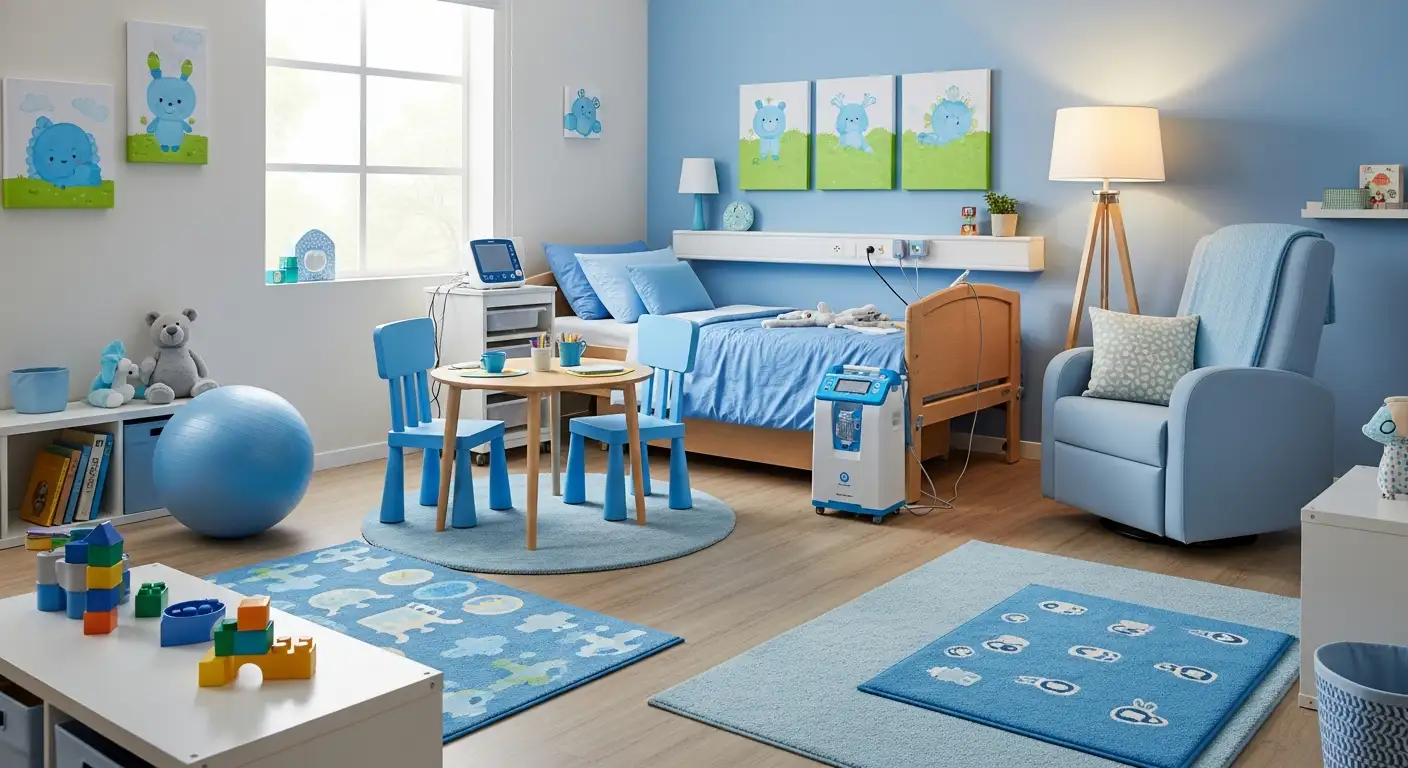

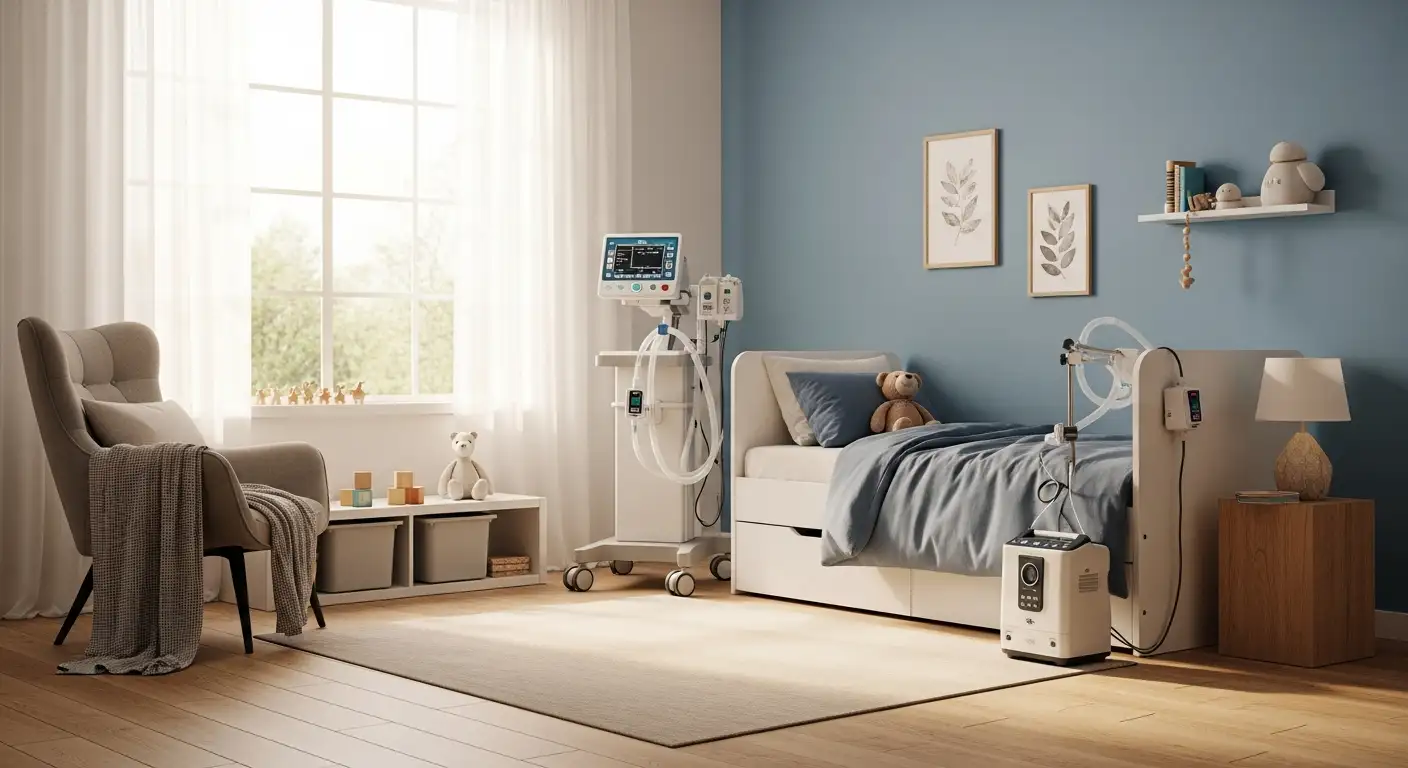






















































































.avif)



